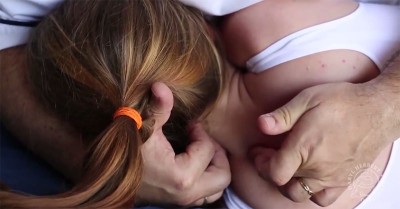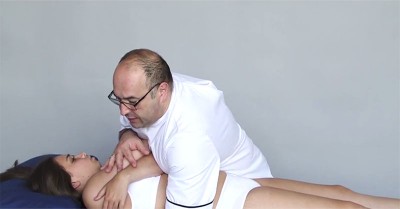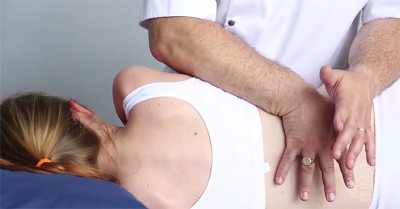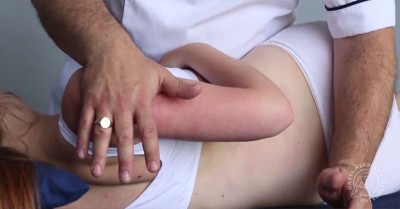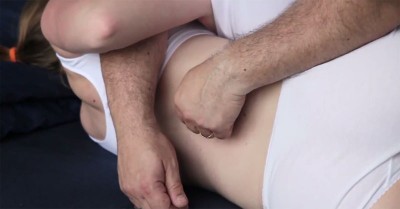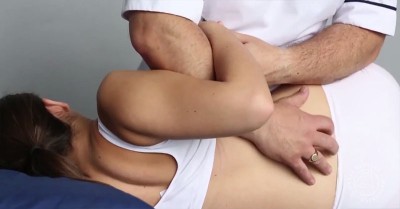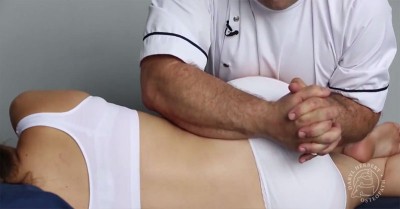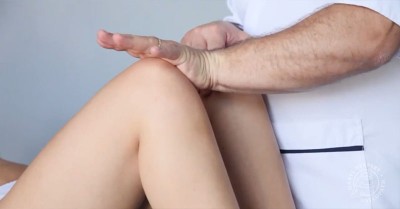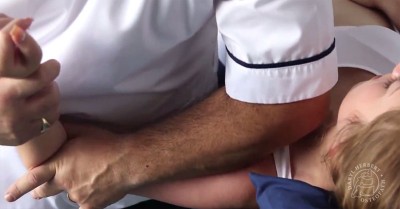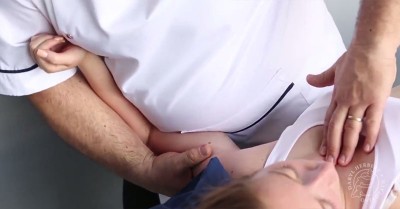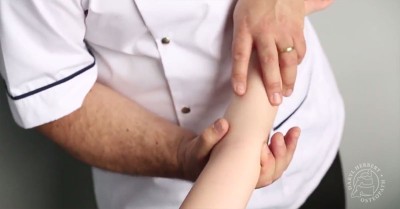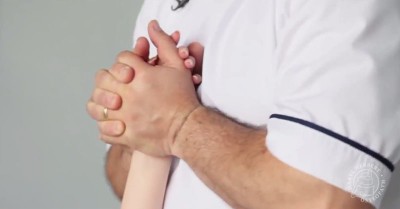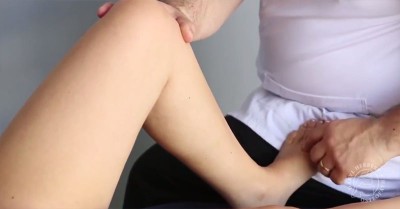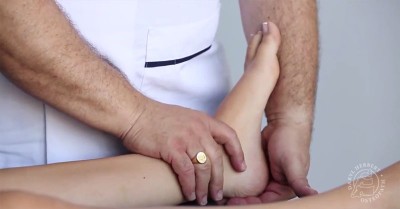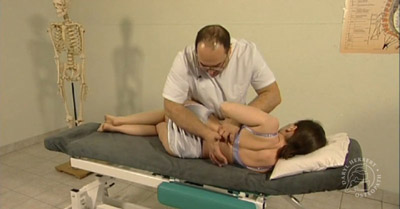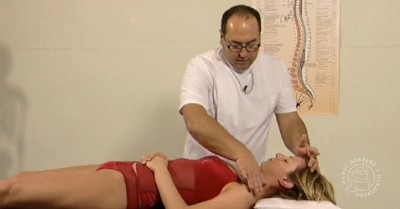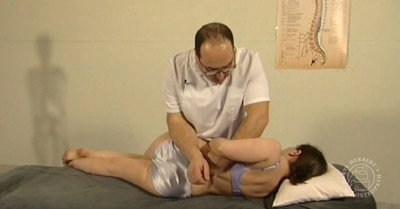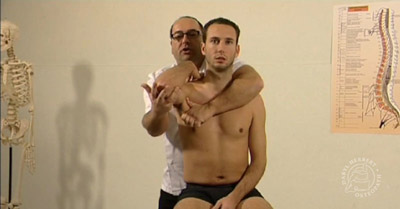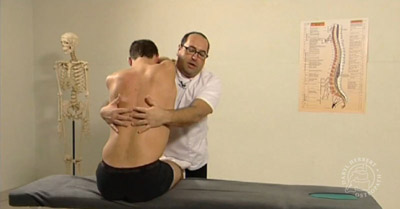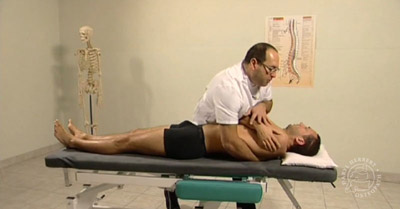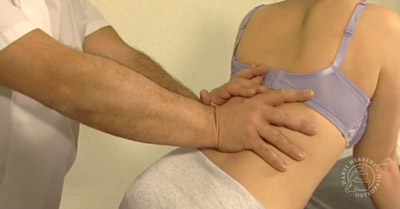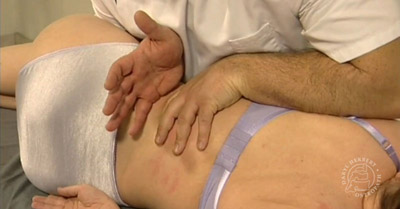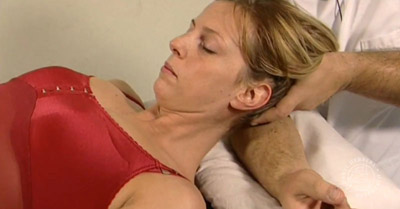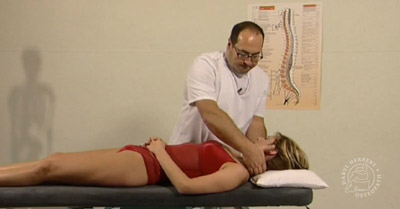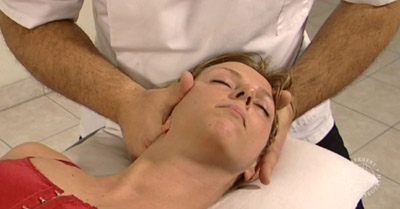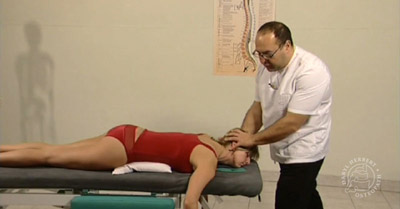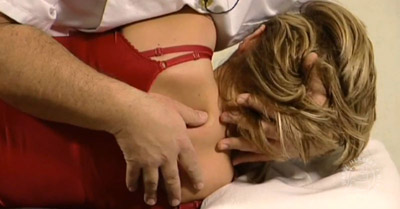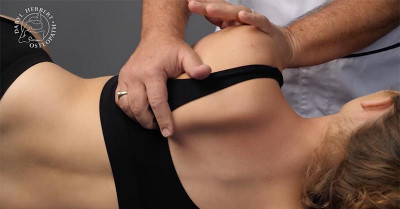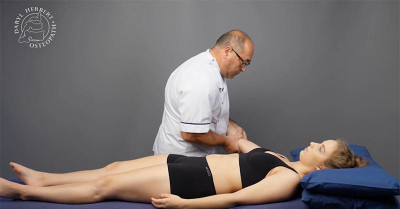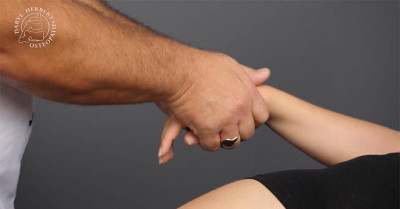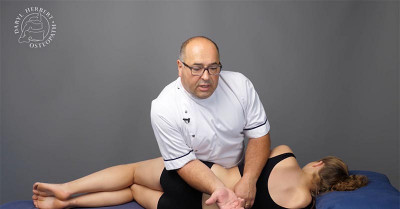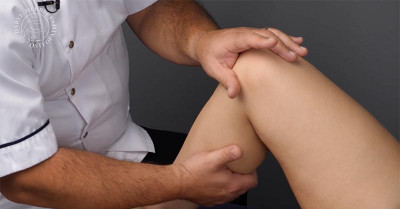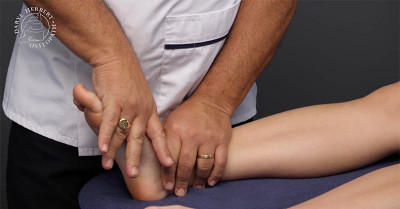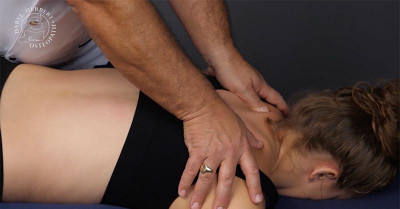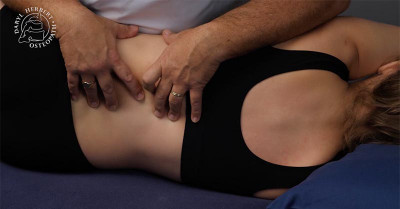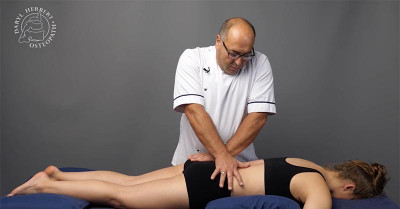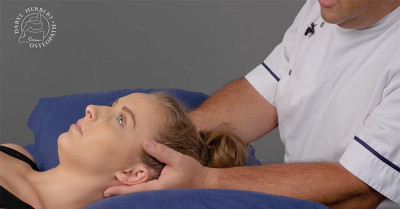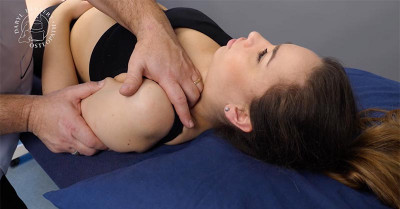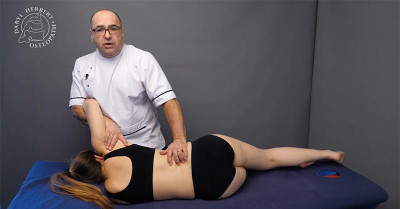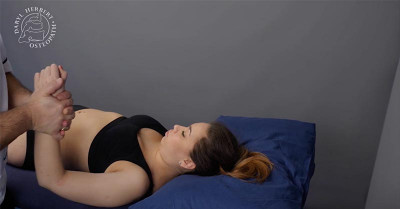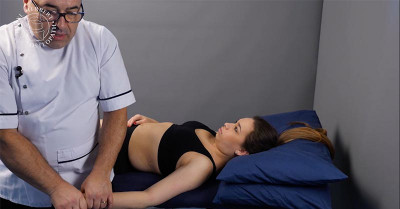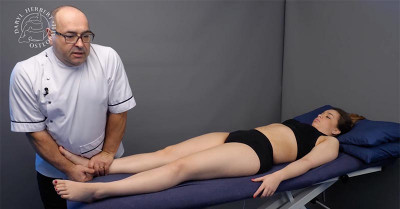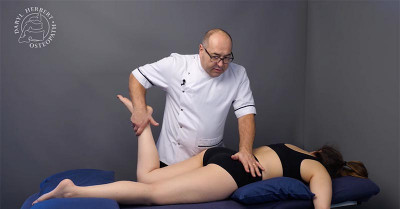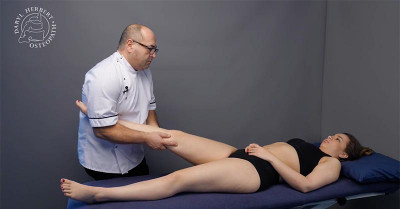12. Manipulation Techniques L5/S1
This collection of videos demonstrate a large range of manipulation techniques for the L5/S1 junctional segment. This number of variations for the same joint is given due often to the difficulty of this specific joint which is further made more difficult as the joint itself is often anomalous (abnormal or unusual) facet joint plane/angle/surface anatomy. The side lying techniques use the basic lumbar roll setup and there are four techniques with four different primary lever directions. All need the viewer to watch the demonstration closely and listen for the relevant information of when the individual techniques might be more helpful and with specific patients (morphology) and patient problems (pathologies). The standing technique is a traction technique which has some contra-indications explained in the video and there is a sitting variation which can be helpful when the payment is taller than the therapist! The prone techniques often work very well as a manipulation especially of the therapists assumes it is more of a mobilising and uses a mobilising type of movement but simply shortens the amplitude and increases the speed and rhythm. Much practice and repetition is required to master these techniques.
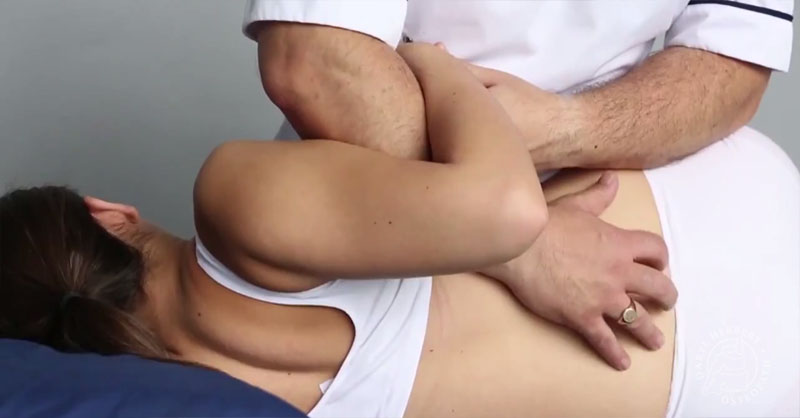
You need to log in to view the videos. Login here.
Category:
Lumbo Sacral Junction
Tags:
articulation back to back counter nutation movement sacrum disc effective and efficient manipulation facet joints facet locking flexion l5 s1 lumbar roll manipulation lumbar spine lumbo sacral lumbosacral junction manipulation manipulation prone mid range focusing minimal lever mid range minimal lever mid range manipulation minimal torsion mobilising multiple components muscle spasm non torsional osteophytes primary lever flexion primary lever rotation primary lever side bending primary lever traction primary lever translation primary mobilising direction restriction rhythmical sacral springing safe manipulation secondary components secondary levers side lying sitting small amplitude small amplitude impulse spondylolisthesis standing standing and prone techniques stretch posterior structures supine supine thoracic manipulation therapeutic traction traction manipulation vertical
Categories
- Acromio Clavicular Joint
- Ankle
- Arm
- Arm & Forearm muscles
- Calf muscles
- Cervical
- Cervical Spine
- Cervico Thoracic Junction
- Clavicle
- Disclaimer Video Message
- Elbow
- Foot
- Forearm
- Gastrocnemius & Soleus muscles
- Gleno Humeral Joint
- Gluteal
- Gluteal & Hip muscles
- Hamstrings
- Hand
- Hand muscles
- Hip
- Knee
- Lumbar muscles
- Lumbar Spine
- Lumbo Sacral Junction
- Neck
- Neck muscles
- Pelvis
- Pubic Symphysis
- Ribs
- Sacro Iliac
- Sacro-iliac
- Shoulder
- Shoulder muscles
- Thigh muscles Quadriceps
- Thoracic Spine
- Thoraco Lumbar Junction
- Thorax & Rib muscles
- Thumb
- Toe
- Upper Cervical Spine
- Wrist

.jpg)

